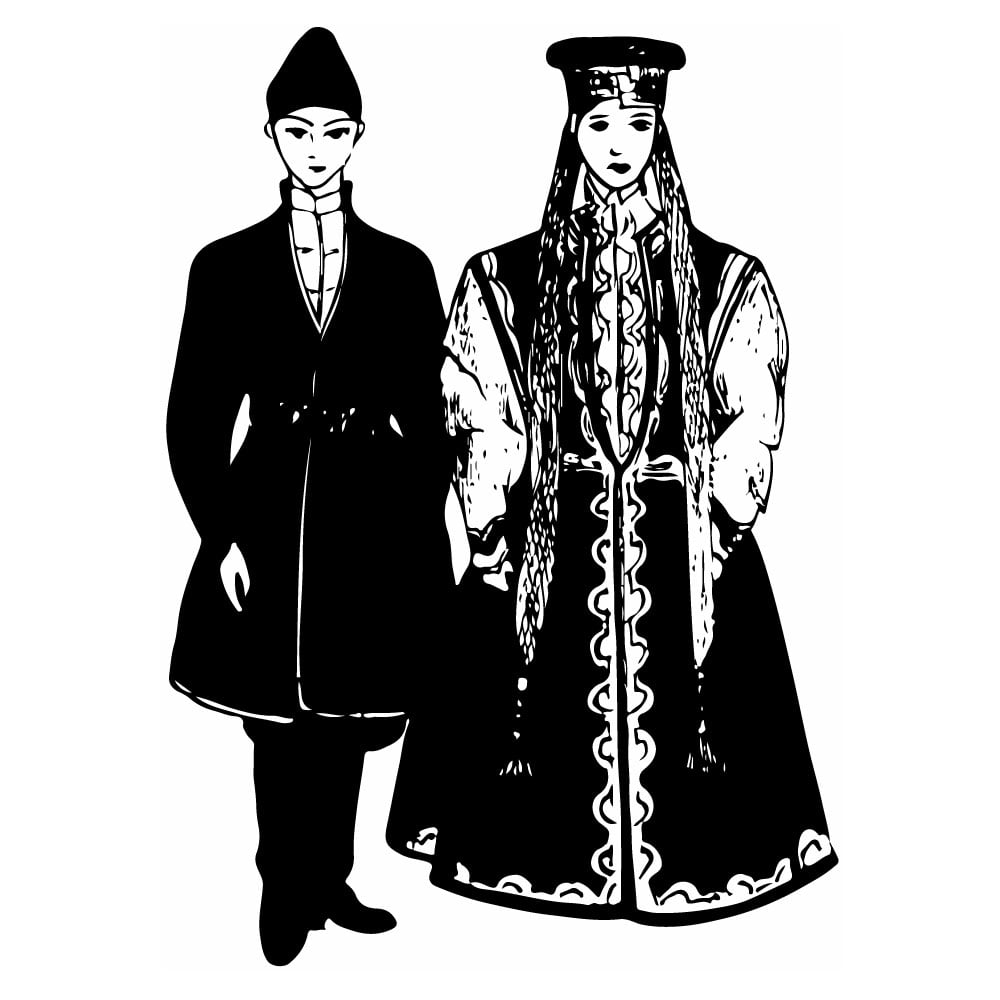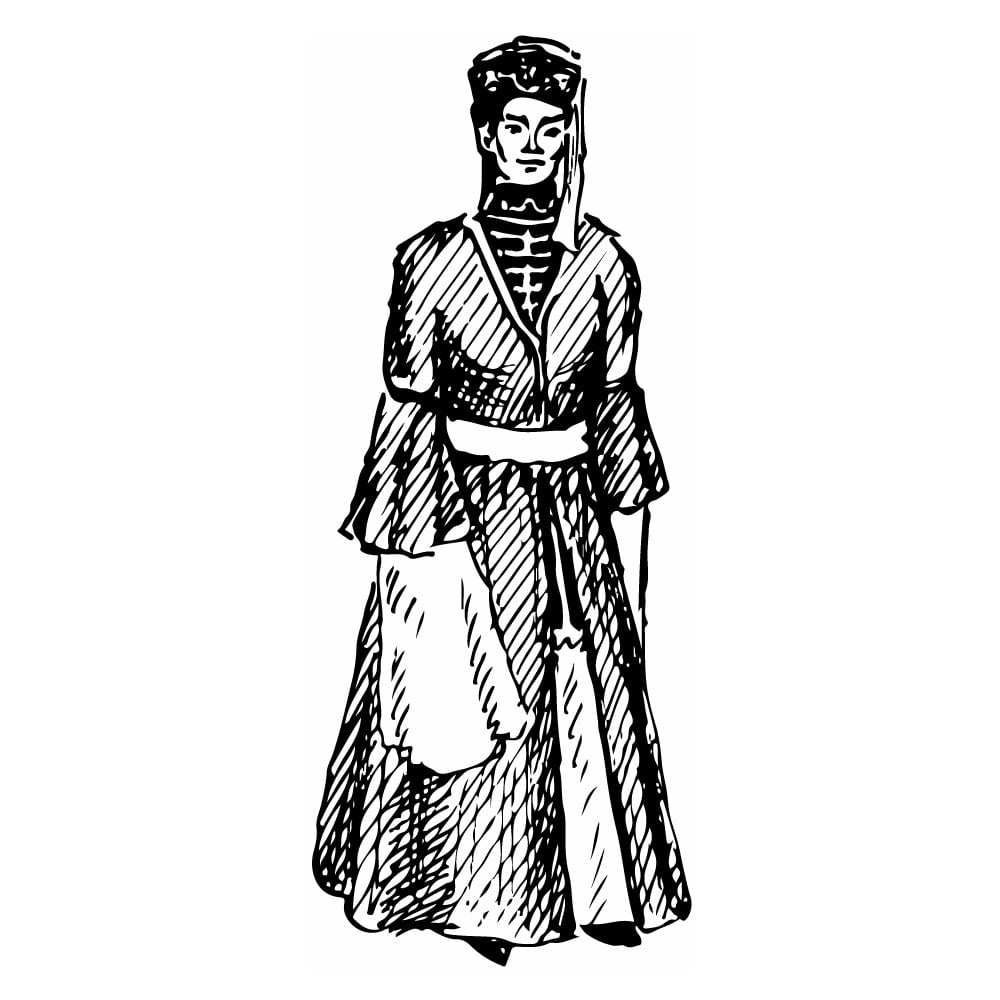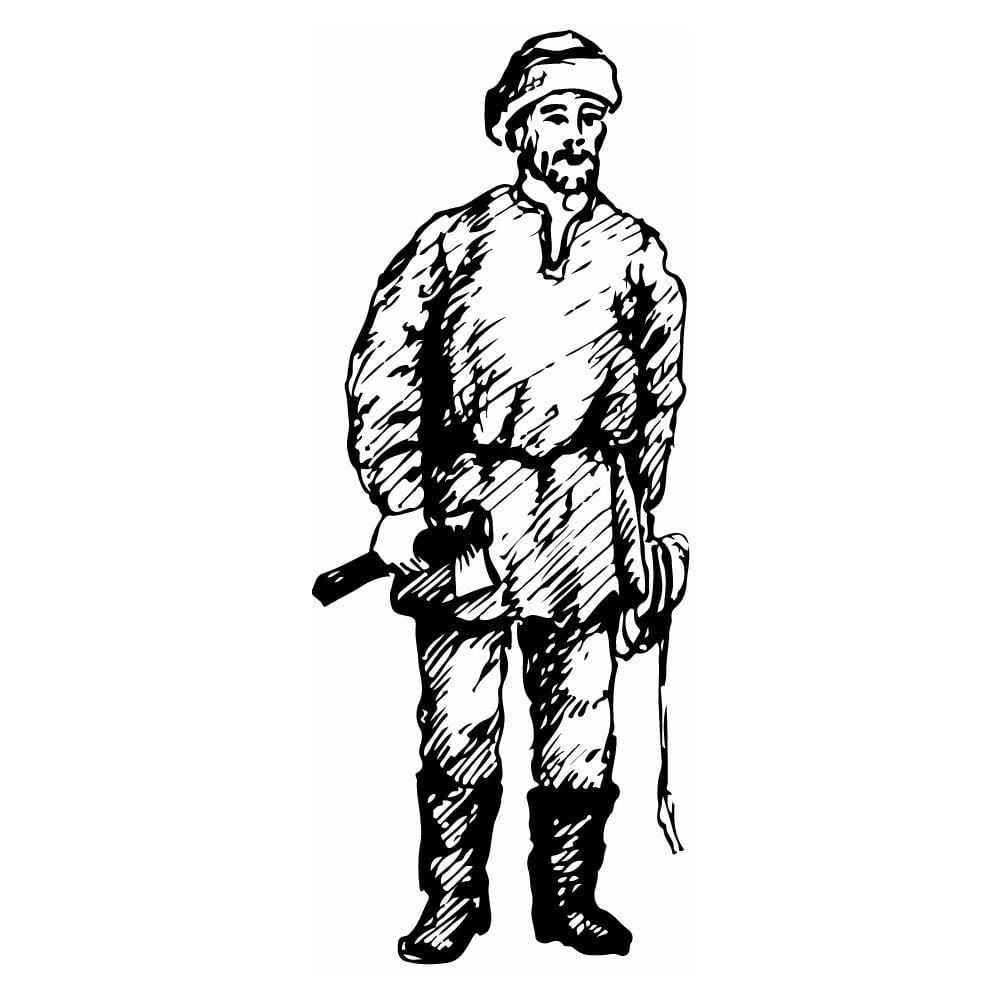Ulchi
| Population | 3,200 |
| Language group | Tungus-Manchurian |
| Language | Ulchi |
| Region | Lower Amur River, Ulchi district of Khabarovsk region |
| Religion | Shamanism/Animism |
*Population estimates for 1994
Along the course of the Amur River, not far from Lake Udyl, a small people under the name of Ulchi are located. The Ulchi call themselves “the Nani” while the word “Ulchi” is used as the official name. Chinese chronicles of the fifteenth century called the Ulchi and Nivkhi a “Gi-Lya-Mi.” Russian chronicles of the seventeenth and eighteenth centuries very often combined the Ulchi and Nivkhi into one people and called them “the Gilyak” or “Gilyak men.”
The Ulchi language is much like the Nanai and is often considered to be its dialect. The ethnographers have found the ethnic composition of the Ulchi to be heterogeneous. Several clusters descending back to the Nanai, Orochi, Udegei, Oroks, Evenks, Negidal, Nivkhi, as well as ethnic clusters of Mongolian and Manchurian descent have been found. By their culture, the Ulchi are mainly close to the Nivkhi.
By the end of the seventeenth century, the Ulchi were relatively independent. After the Narchin Treaty was signed by Russia and China, the Chinese government made several attempts to place the Ulchi and Manchurian Nivkhi under its command; however, these attempts did not yield any results.
Fishing was the age-long Ulchi trade. Hunting was of secondary importance. All of the clothes-making and household duties were done by the women. Women were mostly engaged in birch-bark works using this material for household utensils, hats, and so on; men carved wood, making boxes, eases and pipes and processed bone for various small items.
The original Ulchi clothes were fish-skin robes (rovduga) with rich decorations. Later, their robes were made of imported fabrics; however, the clothes preserved the Mongol-Manchurian cut. Women also wore long Evenk breastplates with glass-bead decorations.
Even though Ulchi were officially baptized, Christianity did not seem to have influenced their lives and creeds considerably. On the contrary, Chinese and Manchurian beliefs and traditions penetrated into Ulchi region. According to some Ulchi ideas, forests, stones, mountains, taiga, and water had their “masters.” Sacrifices were made to the spirits of these masters to ensure successful hunting and fishing. Three main prayers were said: the Sky prayer, the Water prayer, and the Taiga prayer. One of the most ancient worship was the cult of twins. One of the twins was considered to be a “taiga man,” while the other was the “water man.”
Mythological stories were very popular among the Ulchi. Younger Ulchi generations have also inherited fairy-tales and legends. The Ulchi art of painting is presented by highly developed decorative patterns. Various wood and birch-bark items, dishes, and other utensils were carved and all the linen was embroidered.
This is Ad 1





























